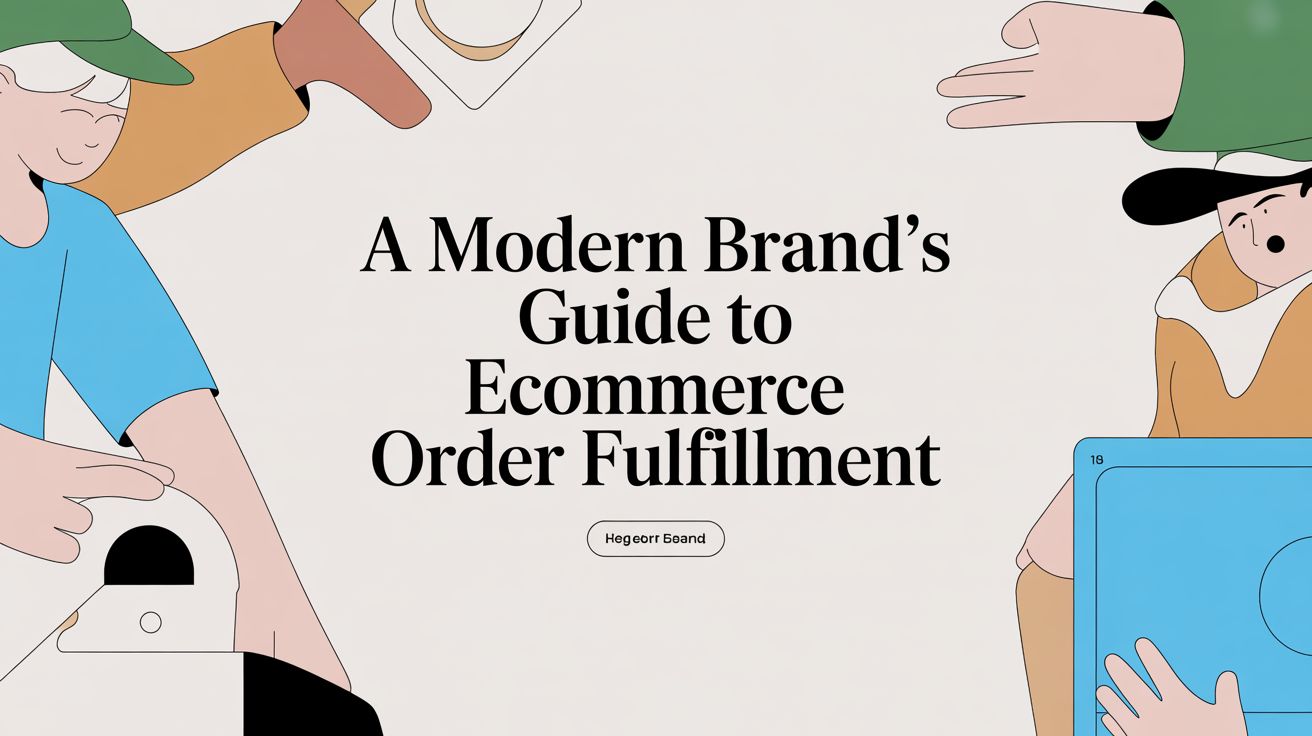
The key to satisfied consumers - How the psychological flow state works (with podcast)

Prioritizing brand loyalty is one thing. Creating and maintaining it is another.
And consumer psychology may have the answer for marketers who are looking to do both. It’s called the “flow state”, the perception of an optimal psychological experience and it's said to strengthen brand awareness and promote brand loyalty.
Dr. Eric Frazer, a top psychologist with over 20 years in psychological assessment, sat down with us for the fourth episode of Market With Me Quikly to discuss what creates a flow state in consumers.
Frazer specializes in psychological testing and has held a part-time faculty appointment as Assistant Clinical Professor at Yale University School of Medicine for 18 years.
What is Flow State?
As an introduction to our conversation, we asked Frazer to explain what flow state is and how it works in marketing. He explained that people tend to have some difficulty nailing down how to put metrics around flow state, but they know what it is when it’s happening. In other words, a flow state can be any number of positive feelings that occur after a good experience.
Creating this type of “flow” in consumers happens by relying on two main pillars: community cohesiveness and quality information.
“When those two are packaged together that’s what creates the flow experience. For cars, it’s the optimal driving experience. If it’s for food, it’s the optimal eating experience….that collectively contributes to this sense of flow, well-being, and loss of time,” Frazer said.
So how can you create these moments for your audience? Serve as a guide to consumers and provide them with quality content and every touchpoint.
Community cohesiveness can be formed by a brand community sharing useful information such as posts, comments, and reviews within the community to better the experience. Attention detail, personalization, follow-ups after the point of purchase can all add to the element of belonging consumers feel with a brand.
“There are these bread crumbs: the likes, the shares, the very detailed explicit reviews, the emotional words used…that, in essence, is the formula for creating this brand loyalty. It doesn’t just happen organically, these are the steps to make it happen and companies that are successful at it are deliberately engaging with their customers both online and offline,” said Frazer.
To hear more of our conversation, listen to this episode on Spotify or Apple Podcasts.

Lindsay Keener is a brand journalist for Quikly. She covers stories that help to inform and educate consumer-facing marketers.

